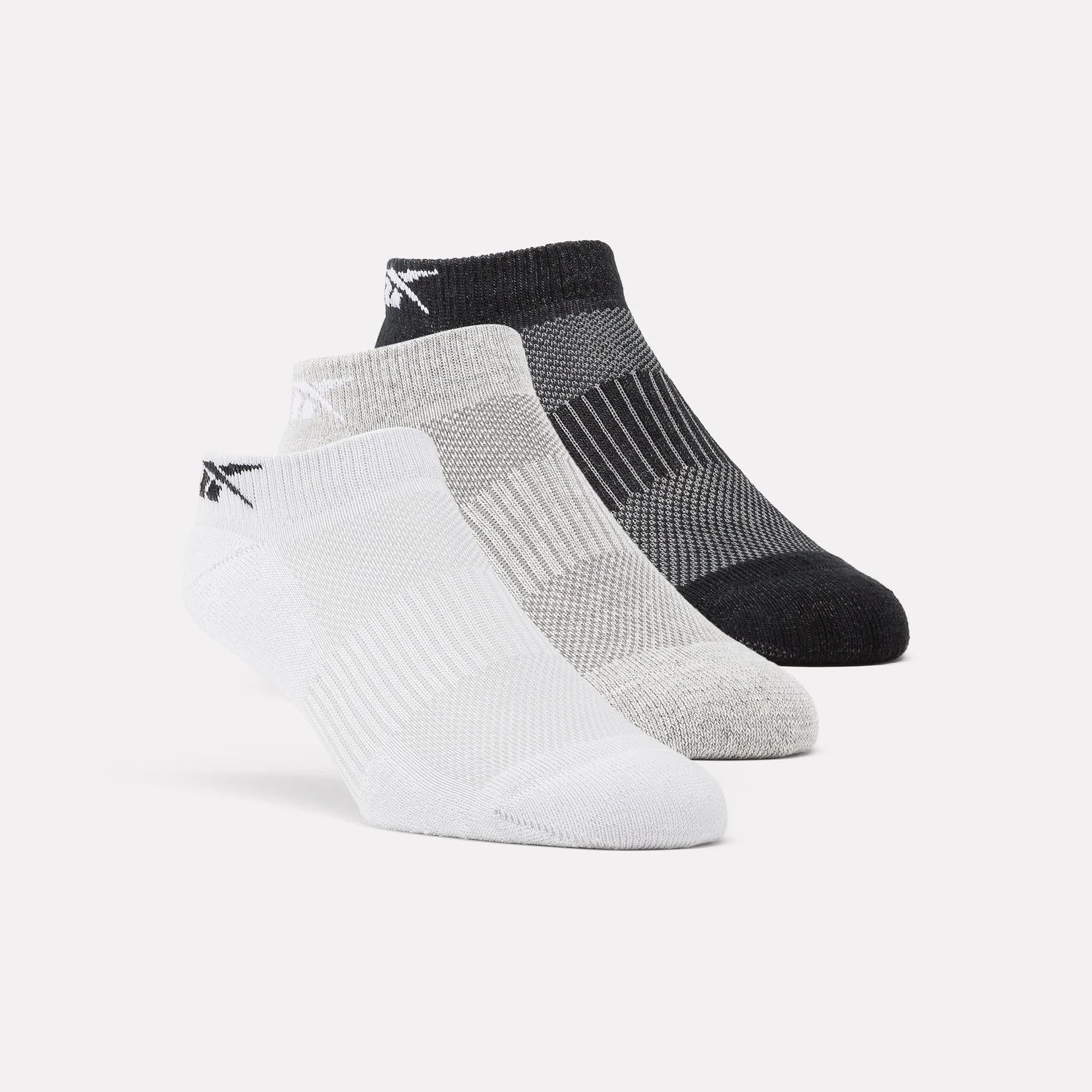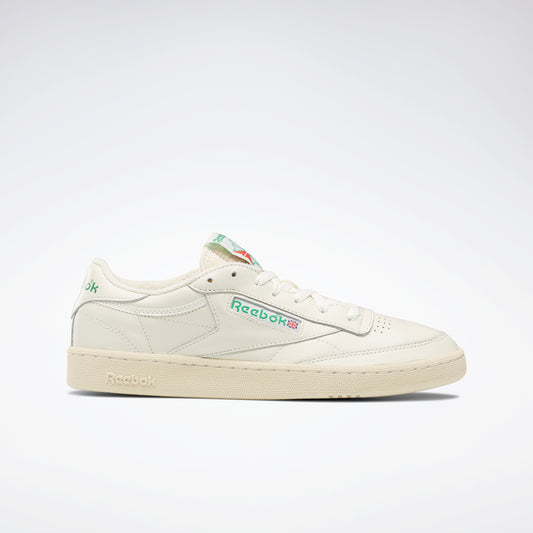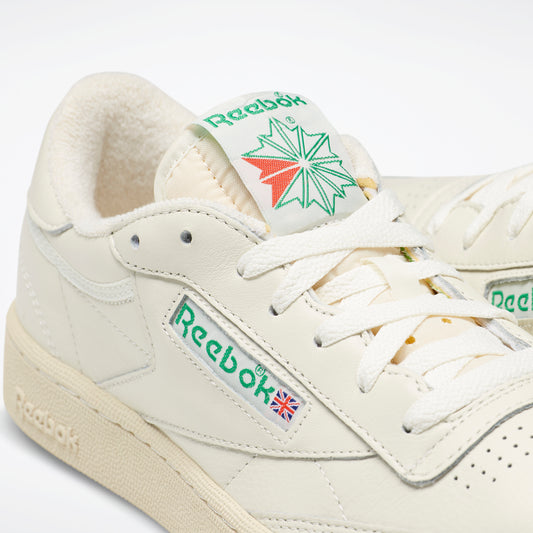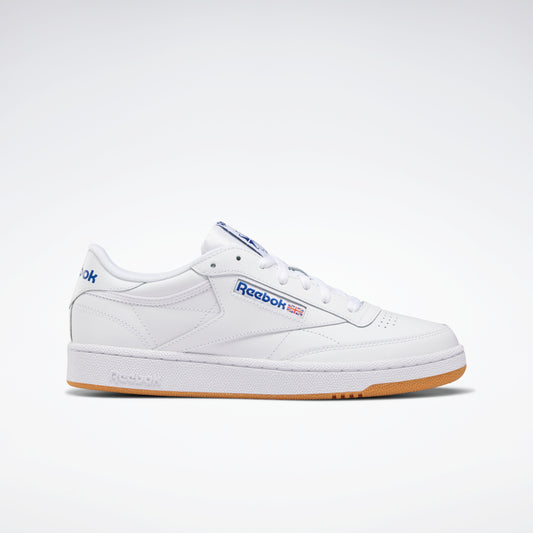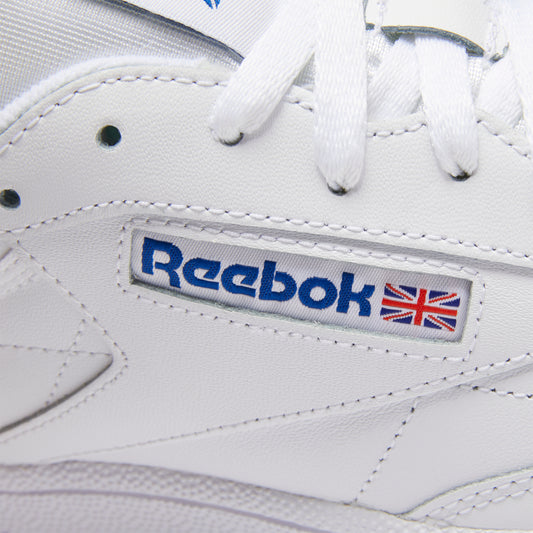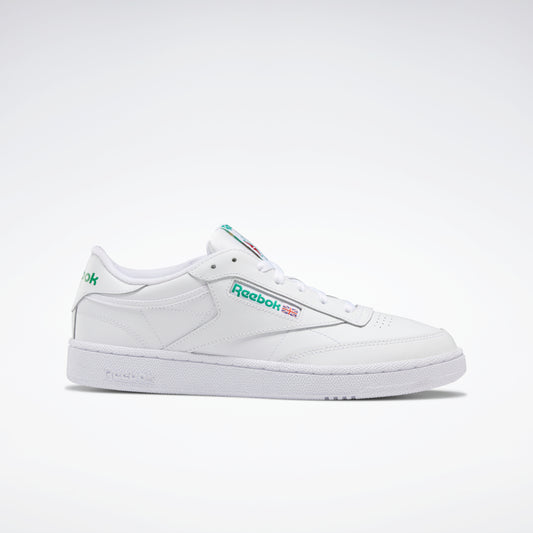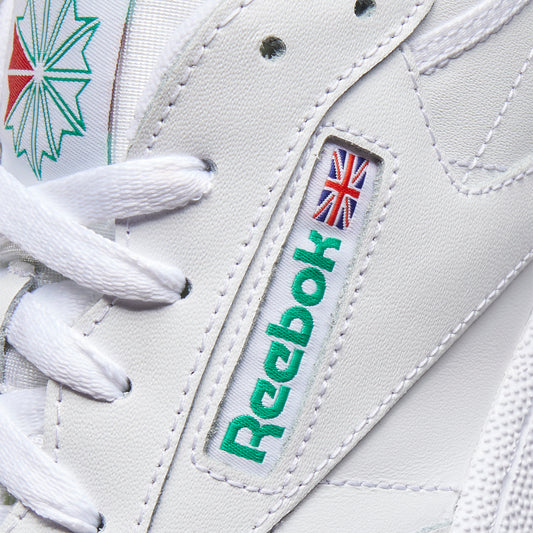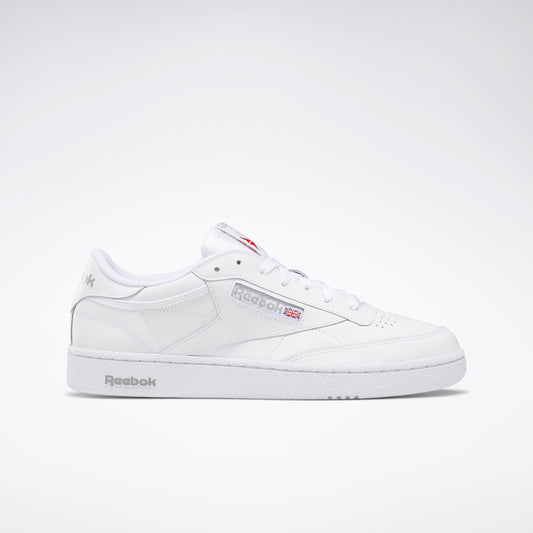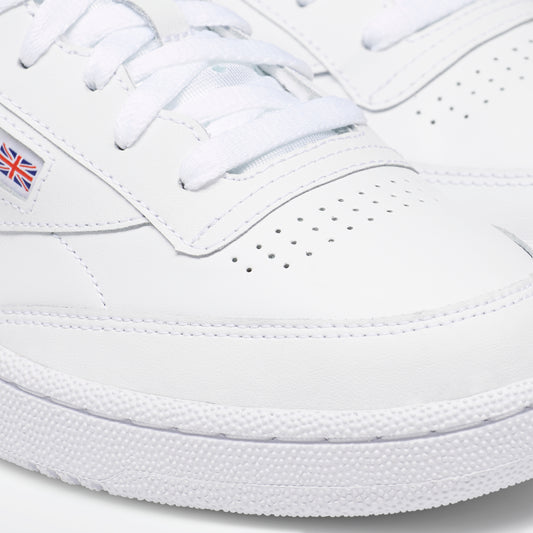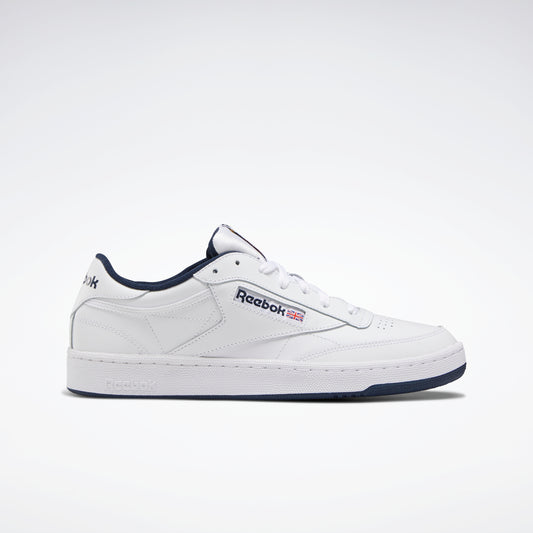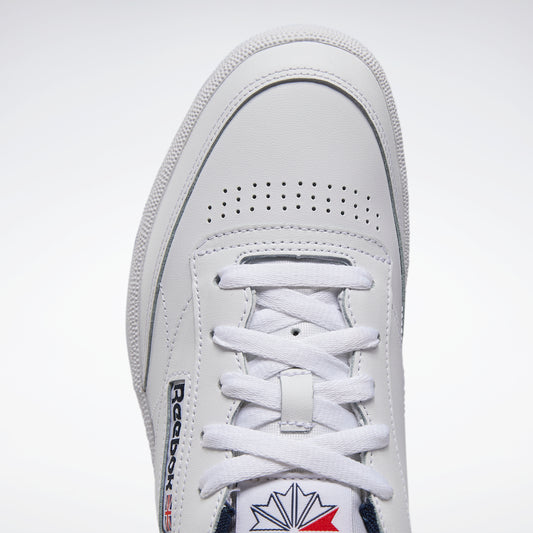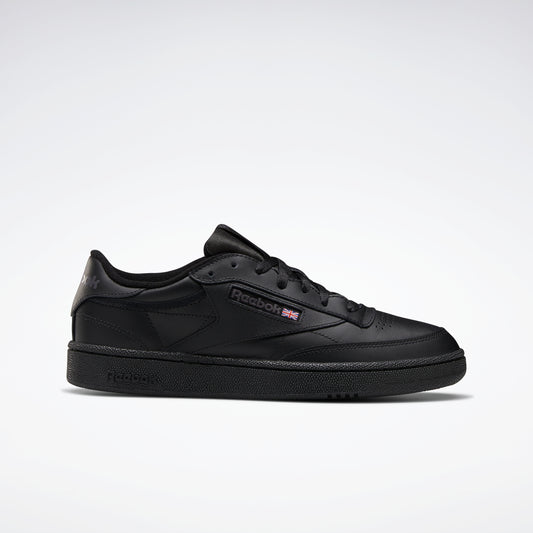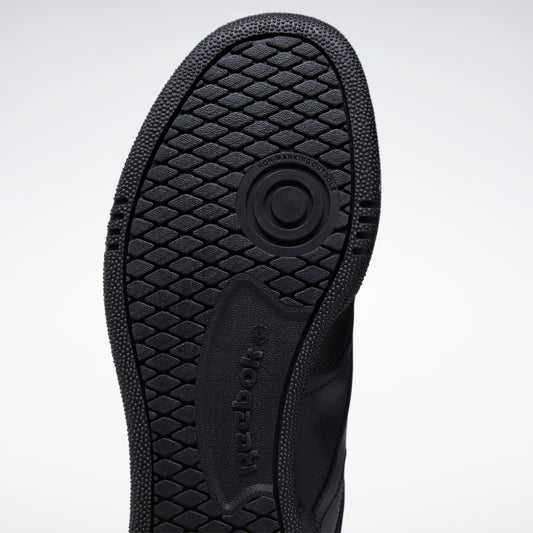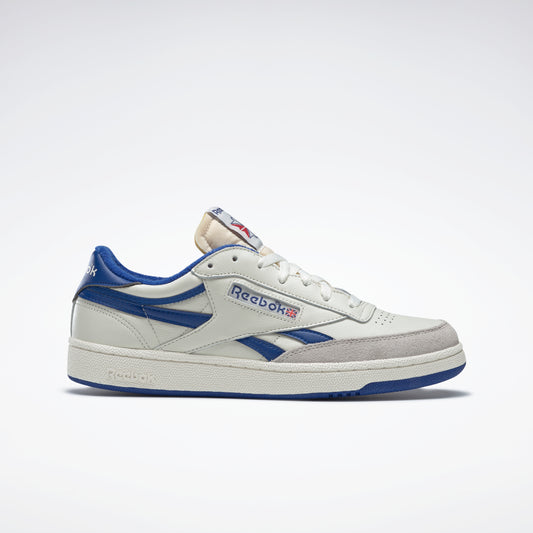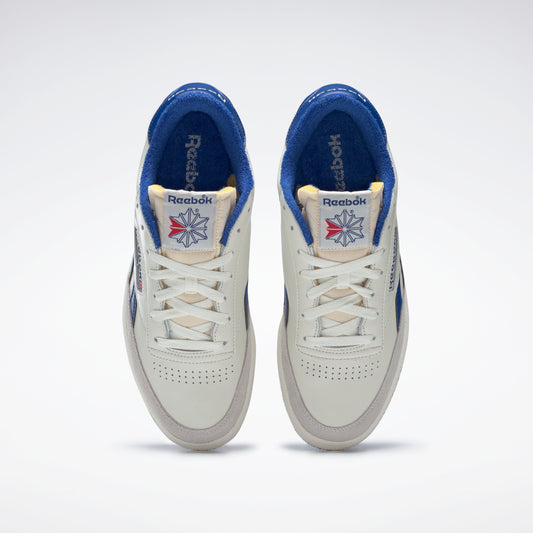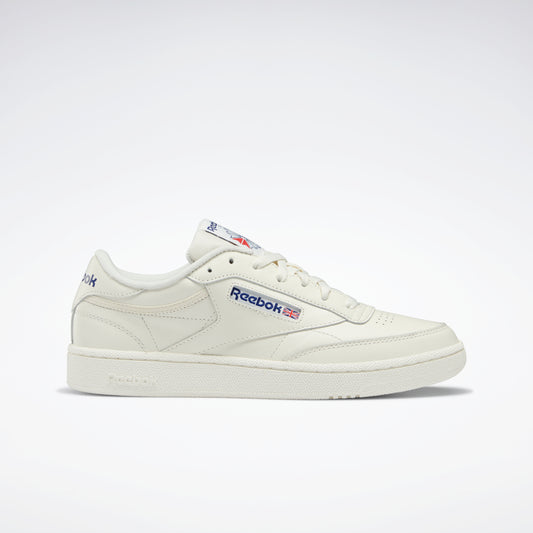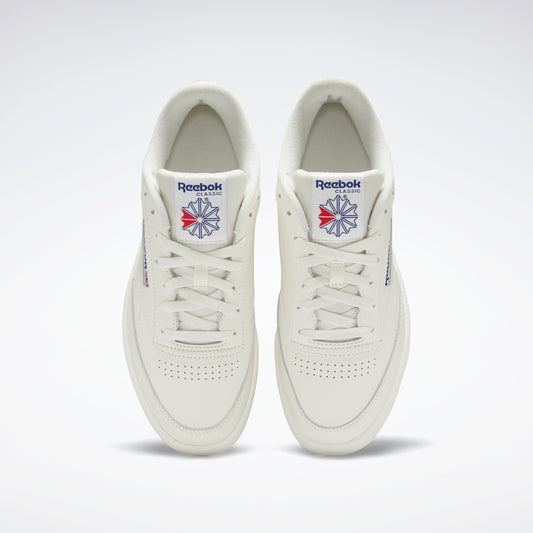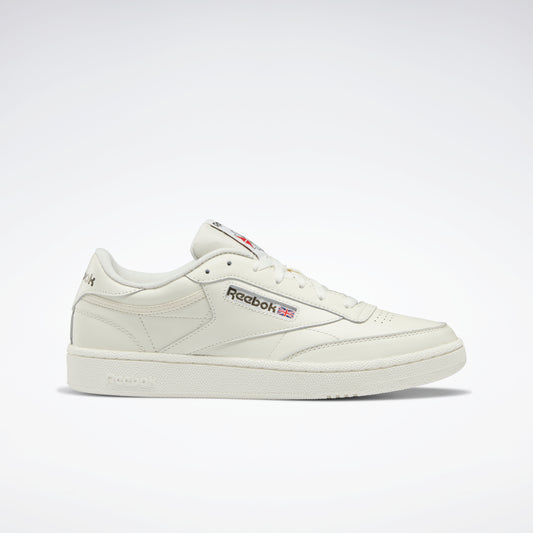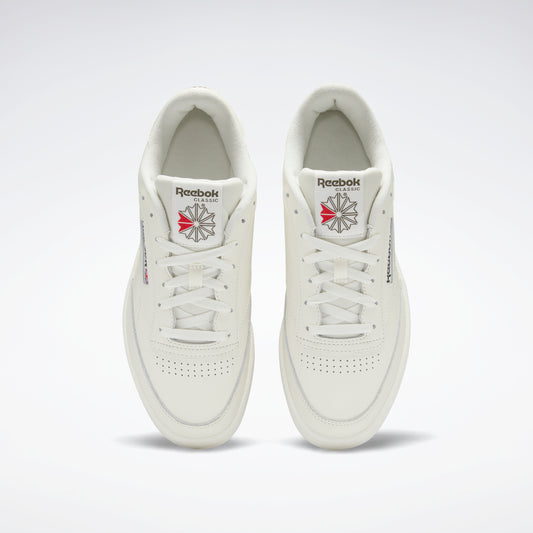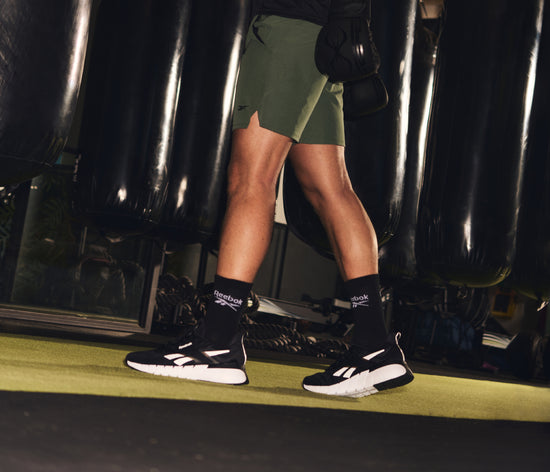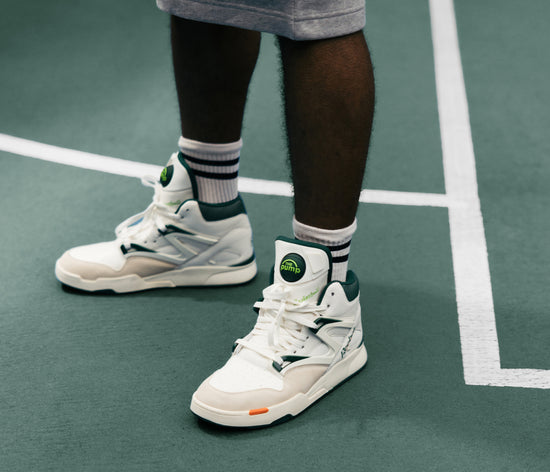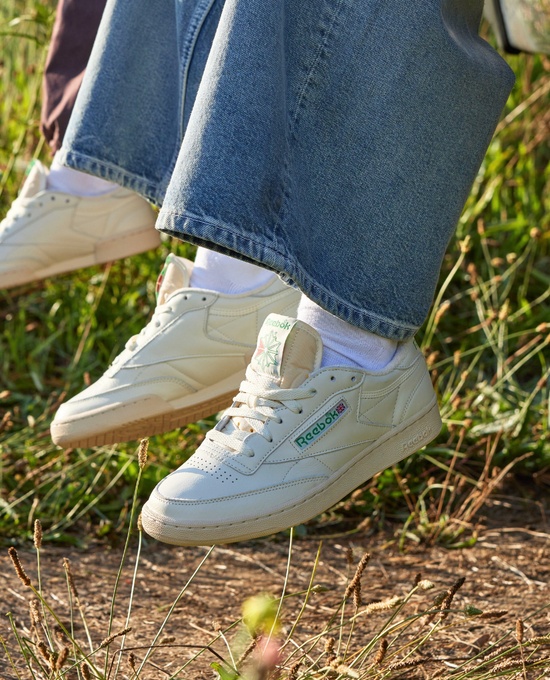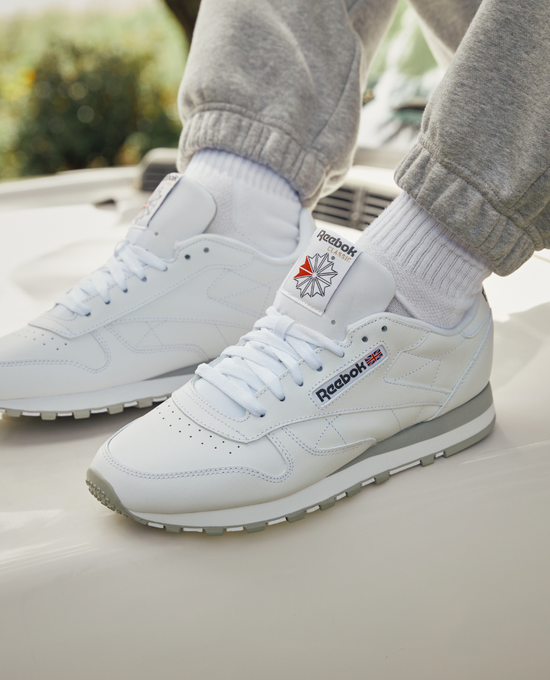Running is one of the simplest, most empowering forms of exercise. All you need is your body, the open road—or trail—and a good pair of shoes. But here’s the catch: the right pair of running shoes can make or break your experience. The wrong ones can leave you with blisters, sore joints, or even injuries that sideline you. The right pair? They’ll make every stride feel smooth, supported, and almost effortless.
So, how to choose running shoes? It comes down to understanding the five features that matter most: the type of shoe, cushioning, fit, heel-to-toe drop, and support. Each of these plays a vital role in helping you run comfortably, safely, and efficiently.
Explore the full range of men's running shoes and women's running shoes to see how these features come to life in designs built for every type of runner.
1. Different Types of Running Shoes
The kind of surface you run on changes how your body moves, and your shoes need to adapt accordingly. Running on a smooth asphalt road feels very different from tackling a muddy trail with rocks and roots underfoot. That’s why running shoes are tailored to specific conditions.
Road-Running Shoes
If your usual route involves asphalt, pavement, or concrete, you need a shoe built for hard, flat surfaces. Road-running shoes are designed with lightweight construction and smooth midsoles, prioritising shock absorption to protect your joints from repetitive pounding. They typically feature breathable uppers to keep your feet cool and durable rubber outsoles that can handle long distances without wearing out too quickly.
Take the Floatzig 2, for example. It’s engineered to give you a responsive, cushioned ride that absorbs impact and returns energy. Perfect for those long city runs where consistency and comfort are key.
Trail Running Shoes
Trail running is a different beast altogether. Uneven terrain, loose gravel, slippery mud, and sudden inclines require shoes that can grip, stabilise, and protect. Trail running shoes come with rugged outsoles and aggressive lugs that bite into the ground for traction. They often include reinforced uppers to protect your feet from rocks and sticks, plus stiffer midsoles for stability on unpredictable surfaces.
The Floatzig Adventure is one of the best stability running shoes, combining grip, protection, and durability so you can focus on conquering the trail rather than worrying about your footing.
2. Finding the Right Cushioning
Cushioning is one of the most personal aspects of choosing a running shoe. Some runners love a plush, cloud-like feel that absorbs every impact, while others prefer a firmer ride that keeps them connected to the ground.
The right cushioning depends on a few factors:
-
Surface: Softer cushioning works well for road running, where impact is repetitive, while trail shoes may use firmer cushioning for stability.
-
Footstrike: Heel strikers often benefit from more cushioning in the heel, while forefoot strikers may prefer balanced or front-loaded cushioning.
-
Distance: Longer runs often demand more cushioning for comfort, while short, fast runs may feel better in lightweight, responsive shoes.
Ultimately, cushioning is about balancing comfort with performance. Too much softness can feel unstable, while too little cushioning can leave you sore.
3. Finding the Perfect Fit
A running shoe should feel like an extension of your foot: snug but not restrictive, supportive without pinching, and roomy enough to allow natural movement. Getting the right fit is crucial. Shoes that are too tight can cause blisters or black toenails, while shoes that are too loose can cause sliding and instability.
Getting an Accurate Foot Measurement
Feet aren’t static. They swell as you run, and they can change shape over time. That’s why it’s smart to measure your feet regularly, ideally at the end of the day when they’re at their largest. Make sure there’s about a thumb’s width of space between your longest toe and the shoe’s front. If you have wider feet, look for shoes that come in multiple widths so you don’t compromise on comfort. Remember: your shoes should fit your feet, not the other way around.
4. Having the Right Heel-to-Toe Drop
The heel-to-toe drop, often called the “drop” or “offset,” is the difference in height between the heel and forefoot of the shoe. It influences how your foot strikes the ground and how your body absorbs impact.
Higher Heel Drop
Shoes with a drop of around 8–12mm fall into this category. They’re commonly recommended running shoes and are especially helpful for heel strikers, as they reduce strain on the Achilles tendon and calves. Runners new to the sport or who prefer extra cushioning under the heel often gravitate toward this style.
Lower Heel Drop
Lower-drop shoes, typically in the 4–7mm range, encourage a more midfoot or forefoot strike. They can feel more natural and closer to barefoot running, while still offering some cushioning and protection. These shoes are often chosen by runners who want a balance between responsiveness and support.
Zero Heel Drop
A true zero-drop shoe places the heel and forefoot at the same height. This promotes a natural running gait and strengthens lower-leg muscles, but it can also increase strain on the calves and Achilles. Runners switching to zero-drop should transition gradually to avoid injury.
5. Having Adequate Support to Suit Your Feet
Everyone runs differently. The way your foot rolls when it hits the ground—your gait—determines the kind of support you need. Ignoring this can lead to discomfort or even injury over time.
Supination
Supinators roll their feet outward when they land, putting extra stress on the outer edges of their shoes. Signs include uneven wear on the outer sole or recurring ankle sprains. Shoes with extra cushioning and flexibility help counteract this, absorbing shock and guiding the foot into a more balanced stride.
Neutral
Neutral runners have a balanced gait, with the foot landing evenly without significant inward or outward rolling. This is the most common foot type and generally doesn’t require corrective support. Neutral shoes focus on providing cushioning and comfort without added stability features.
Overpronation
Overpronators roll their feet inward excessively. You’ll notice wear on the inner edges of your shoes, or you might experience knee or shin pain. Stability or motion-control shoes are designed for this type of runner, with firmer midsoles and support features to help guide the foot into a healthier alignment.
Recommended Running Shoes For Beginners
If you’re just starting your running journey, you don’t need to overcomplicate things. A versatile, affordable, and supportive shoe is your best bet. The Zig Dynamica 5 are good running shoes for beginners. They’re lightweight, cushioned, and adaptable enough to handle both casual runs and gym sessions, making it the ideal all-rounder.
Shop Running Shoes at Reebok
Choosing the right running shoes is about protecting your body and making running something you look forward to. From the type of shoe you pick to cushioning, fit, heel drop, and support, every detail matters. Take the time to find the pair that matches your stride, and your running experience will transform.
Browse the full range of Reebok running shoes to find the pair that keeps you moving with confidence, comfort, and style.
